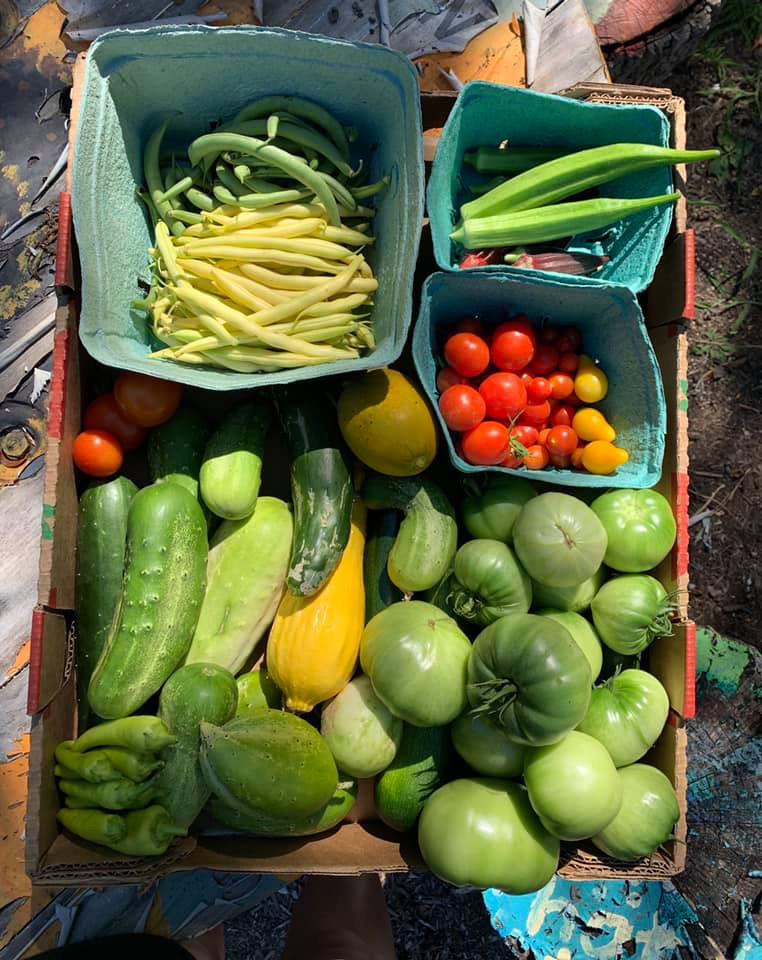How to be an Advocate for your Community
by Trent Miles
Due to the failure of global administrations, climate change is progressively becoming worse. If we continue to turn a blind eye to the pain of those suffering under its oppression, we will never escape this detrimental cycle. Take a moment to look back and reflect on all of the natural disasters in this past decade; picture the broken homes, neighborhoods, and communities. In recent years it is happening at an even quicker and more violent rate. Wildfires are currently spreading throughout parts of California and Oregon, with smoke reaching as far as Connecticut. Just recently, Hurricane Laura, a category four storm, slammed into Louisiana.
The climate crisis will continue to grow worse if we do not take action now, and the death toll from these natural disasters will rise. In this article, I will discuss why advocacy is an important part of the process to become a ”greener community” and three ways to make it happen.
Reconnecting with your community is the first tip to making your community environmentally friendly. Talk to your neighbors, friends, local emergency support, and others. It sounds cliché, but sometimes it’s hard to connect with your community. In order to remedy this, try creating community projects, such as implementing a local vegetable or fruit garden or starting a community trash pick-up day—and don’t give up if it doesn’t always work out. Recently, in Peoria’s second district, a community garden was torn down. Residents took a stand in opposition with demonstrations. They can also make their voices known in the February 2021 primary election.
This leads me to my next tip: buy local! Shopping locally not only diminishes food miles, but it keeps produce flowing in the community. Furthermore, it’s a great way to become acquainted with your neighbors.
When was the last time you talked with the person who grew your cucumbers? Places like the Peoria Riverfront Market, Metro Centre’s Peoria Farmers Market, and the Junction City Farmers Market provide fresh produce to neighborhood communities daily.
My third tip to transform your community is to become active and engaged in local, national, and state politics. This seems intimidating, but the power to change government policy rests in your hands. How can you influence the massive institutions and large groups of people that wield the power? All you need to do is show up to a polling booth and vote! It is vital to let and make your voice be heard. Don’t forget that environmental ills often fall disproportionately on the low income and marginalized citizens.
Learning how to be an advocate for your community when it needs you is important. Currently, I have created a petition to increase awareness about climate change. I have had 10,000 people sign my petition. Change and advocacy doesn’t have to start when you’re twenty or thirty years old. You can start now—at any age. Your voice is the most powerful tool you have. As Malala Yousafzai once said, “When the whole world is silent, even one voice becomes powerful.”
About Trent Miles

Trent Miles is a rising senior at Richwoods High School and has been working for Big Picture Initiative since May 2020. He is academically competitive and a well rounded student. Trent is the co- founder of his Richwood’s climate action club, Vice President of the Minority Academic Advancement Project, and a varsity tennis player. Outside of school, he is involved in Jack and Jill of America, where he served as the Central Region Teen Vice President in 2018. In his chapter he served as Vice President, Legislative Chair and Foundation Chair. Trent also runs his own environmental blog called “EnviroWrite,” which is a youth-run blog that seeks to innovate how we discuss and inform ourselves on environmental concerns. He has won 1st place in a Regional Best Hobby Exhibits competition and two Regional Alexander Pushkin writing competitions. He has contributed more than 800 hours of community service through various service projects including a winter wear drive, collecting toiletries, and even an educational African-American museum.

